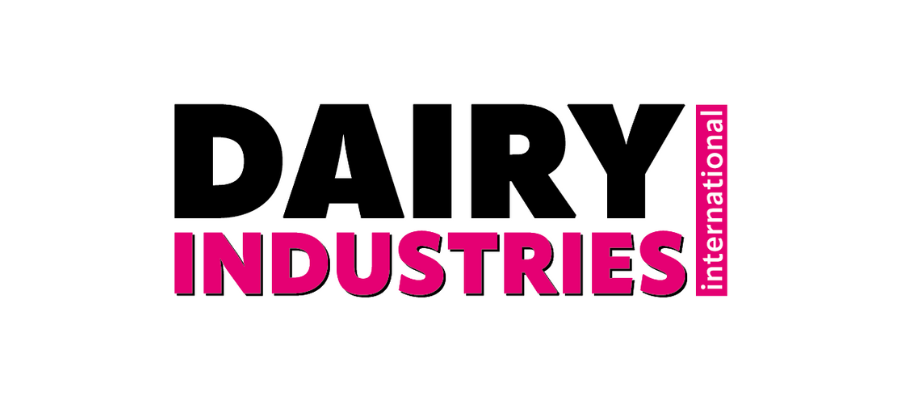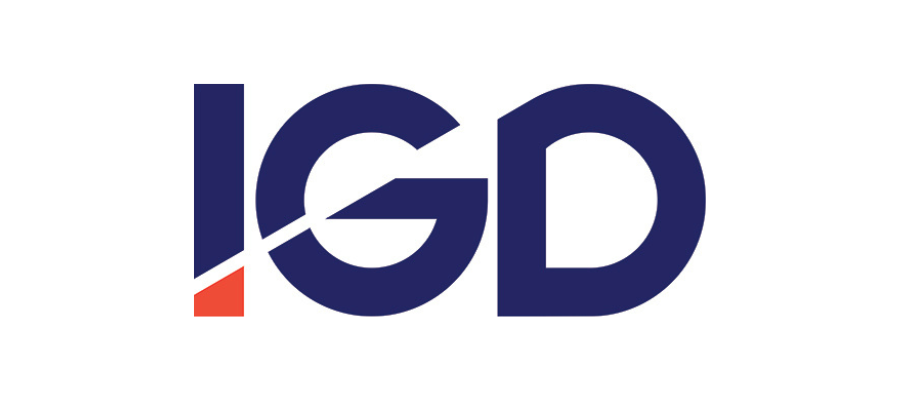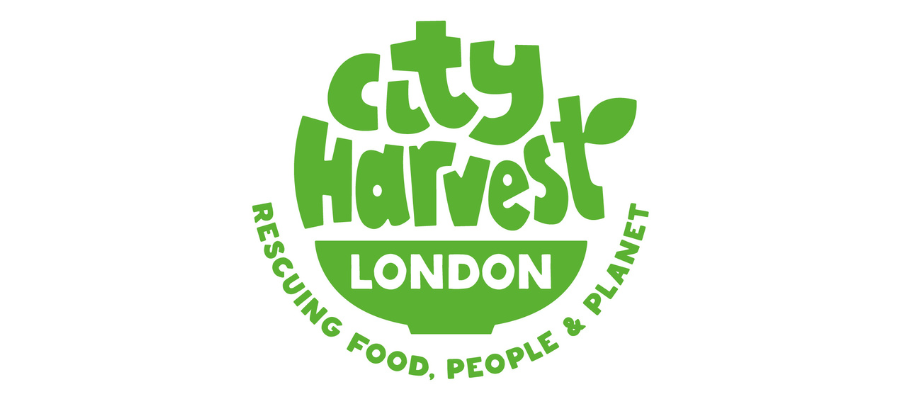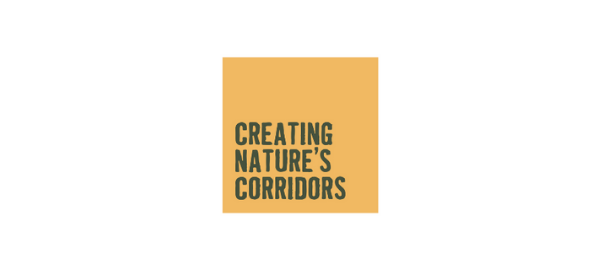HEALTH & SAFETY - Legal Responsibilities & General Information
MONTGOMERY GROUP STATEMENT & EXHIBITOR DUTIES
Montgomery Group Health & Safety Statement
It is the policy of Montgomery Group to endeavour to seek the co-operation of all concerned in order to achieve the highest standards, in all aspects, of health and safety.
The Health and Safety at Work etc. Act 1974 [HASAWA] and it subsidiary legislation is criminal law, a breach of which is a criminal offence. In general terms HASAWA places a responsibility on companies and individuals to exercise a duty of care for employees and non-employees who may be affected by their acts and omissions. These duties can be discharged by doing what is “reasonable” to prevent loss or harm where risk is foreseeable. It applies to all premises used as a place of work, including temporary locations such as Olympia London, and includes build-up, open days and breakdown.
Montgomery Group and Olympia London, within the scope of their own laid down policies, have a responsibility to ensure that safe working practices are maintained at all times, which includes ensuring that provision is made whereby persons, other than Montgomery Group or Olympia London employees, are reminded of their responsibilities whilst working at the exhibition centre.
Exhibitor / Stand Holder Duties
Exhibitors and stand holders have a legal duty of care for the safety of anyone who may be affected by their activities. This includes responsibility for all aspects of safety on the stand during the build-up, the open period of the show and during breakdown. Where an exhibitor has booked a Space Only stand and the building and finishing of the stand is contracted out, exhibitors and stand holders are still vicariously responsible for the activities of their contractors. It is therefore essential that exhibitors appoint a contractor who is fully aware of their Health and Safety responsibilities including CDM 2015. The Organisers Official Shell Scheme Contractor is responsible for Health and Safety regarding the build of all shell scheme stands and the Organisers will liaise directly with them to ensure all appropriate information and documentation is provided.
Exhibitor/stand holder duties are to comply with the Organiser’s health and safety requirements as laid out in this manual, including submitting health and safety documentation such as Health & Safety Policy, Health & Safety Declaration and Risk Assessments.
Contractor Duties
A contractor’s legal duty of care is as above, including taking into consideration any sub-contractors that they might employ.
HEALTH & SAFETY GUIDELINES
CDM REGULATIONS – SPACE ONLY STANDS
Exhibitors need to ensure that their participation at an event is carried out safely. The CDM Regulations do not replace any existing law but are intended to provide a framework to help you ensure that your stand is constructed safely and help you understand your obligations.
As organisers we carry out a number of activities as part of our own responsibilities and to help you fulfil your obligations. These are listed at the bottom of the page; please contact bethany.duffield@montgomerygroup.com if you need any further help or information.
Under CDM you are defined as the CLIENT with regards to the build of your stand and your duties are:
- Make arrangements for managing your project i.e. building your stand. You do need to ensure that someone is named as responsible for ensuring all of the required roles are fulfilled. The majority of your responsibilities can be delegated to your space only stand builder/designer if you use one.
- Appoint a Principal Designer, Principal Contractor & Contractor. These roles are often the same company or person, you do this anyway when appointing a contractor to build your stand:
- The Principal Designer is the person or company in control of the ‘designs’ of your stand and they must:
- Ensure that all planning and design, pre-construction, is carried out in compliance with the law.
- Ensure that risks are identified, eliminated and controlled at the design stage.
- Ensure that a Construction Phase plan is drawn up and a Health & Safety file is prepared.
- Ensure that pre-construction information is provided to contractors.
- The Principal Contractor is the person or company in control of the ‘build’ of your stand.If they employ a 3rd Party to deliver onsite this company would become the Contractor, whether one company or two they must:
- Plan, manage and monitor the construction phase (build-up & breakdown) and the way the construction work is carried out, ensuring it is safe to construct and remove within an event environment and that it has little or no impact on the neighbouring constructions or contractors.
- Ensure work is carried out without risks to Health & Safety.
- Draw up site rules for the stand area (these will often mirror the Event’s rules, but should not be limited to this), ensure suitable inductions and welfare facilities; provide information, instruction and training.
- Restrict access to your site if required by the work being carried out at the time.
- Liaise onsite with Event Operations team.
- The Principal Designer is the person or company in control of the ‘designs’ of your stand and they must:
- Ensure construction work is carried out safely and that welfare requirements are complied with. This would be delegated to your Designer/Contractor.
- Ensure a Construction Phase Plan is drawn up.Your responsibility here is to ensure that there is one.Your Designer/Contractor will do this for youand will run alongside existing Risk Assessments and Method Statements that they will be doing as part of their obligations under other legislation.
- As Organisers we will issue Site Rules and Information prior to coming onsite. It is essential that anyone coming onsite during Build Up and Breakdown – this includes your staff, temporary staff, contractors etc. – has a copy of these and has read and understood them.
Organisers Support:
- We ensure that all Space Only Contractors provide us with, Construction Phase Plans, consisting of Risk Assessments, Method Statements, Stand Plans and Welfare Arrangements.We employ Scott-Baker to provide help and support to Space Only Contractors with CDM queries - johanna@scot-baker.com. They can provide templates to assist in the completion of these documents.
- We ensure suitable welfare facilities are available including toilets, seating, access to drinking water and food outlets.
- We provide Health and Safety Site Rules to all contractors and exhibitors prior to coming onsite and onsite at entrances to the hall.There is no access to the hall during Build Up and Breakdown without having received the Site Rules and passes are issued only on this basis.




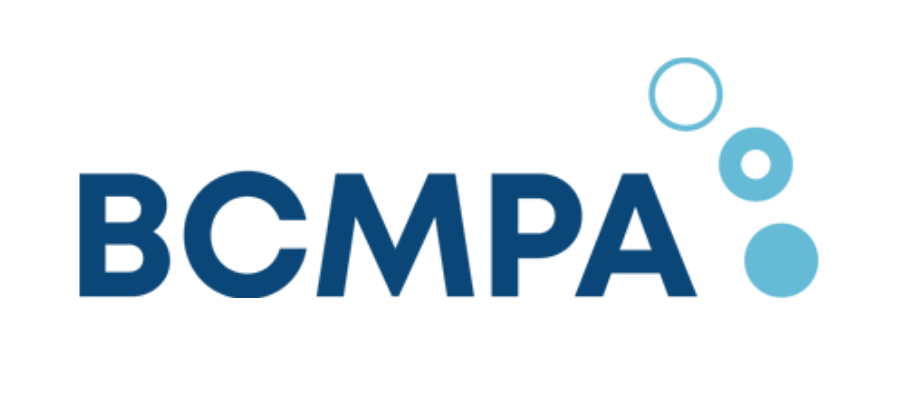
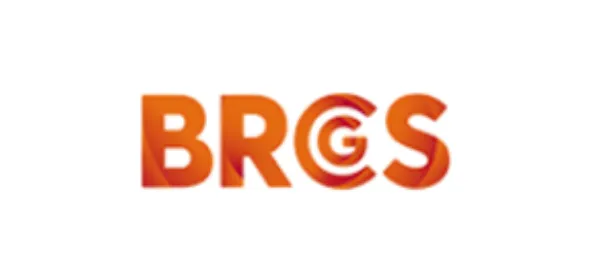

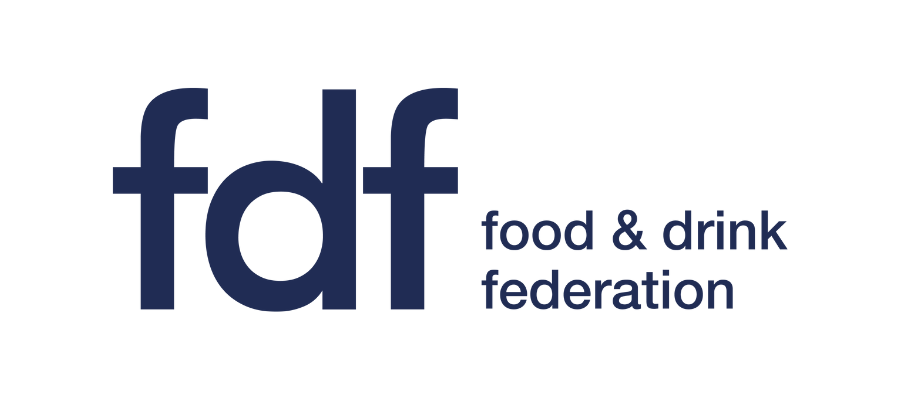


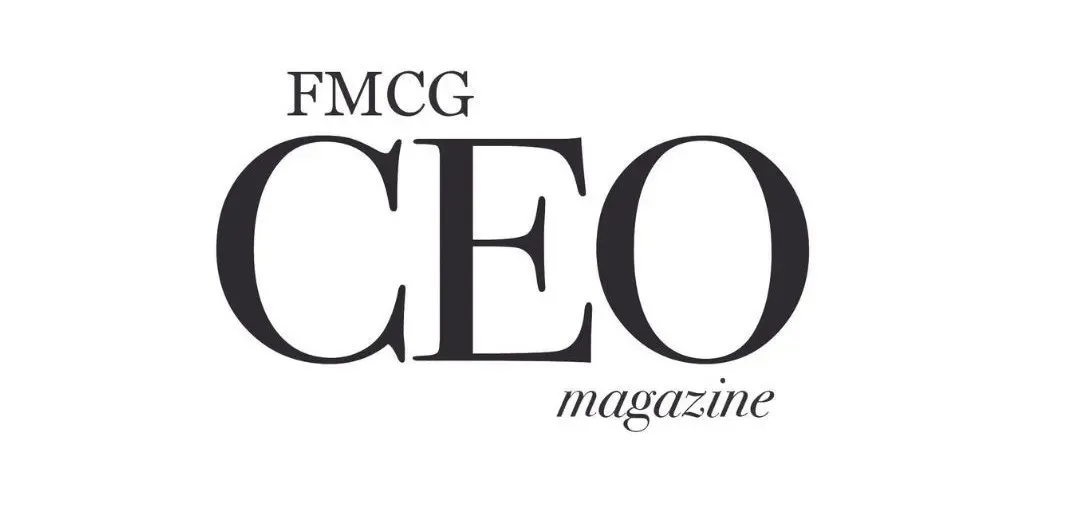


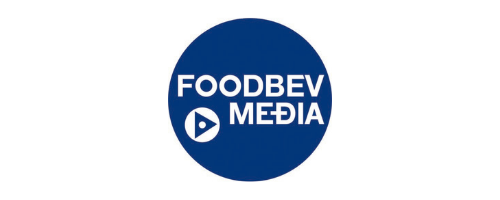
.png)

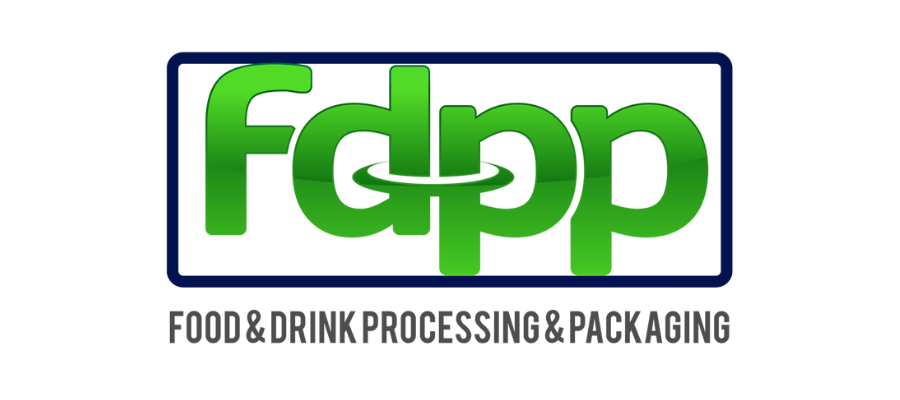
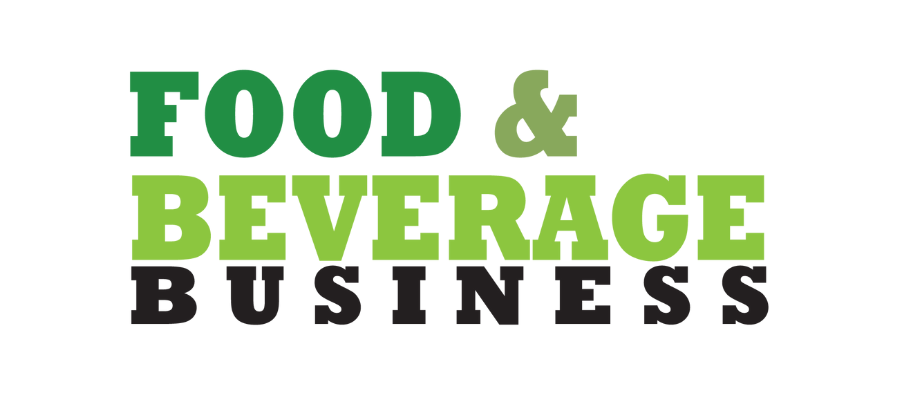
.png)
